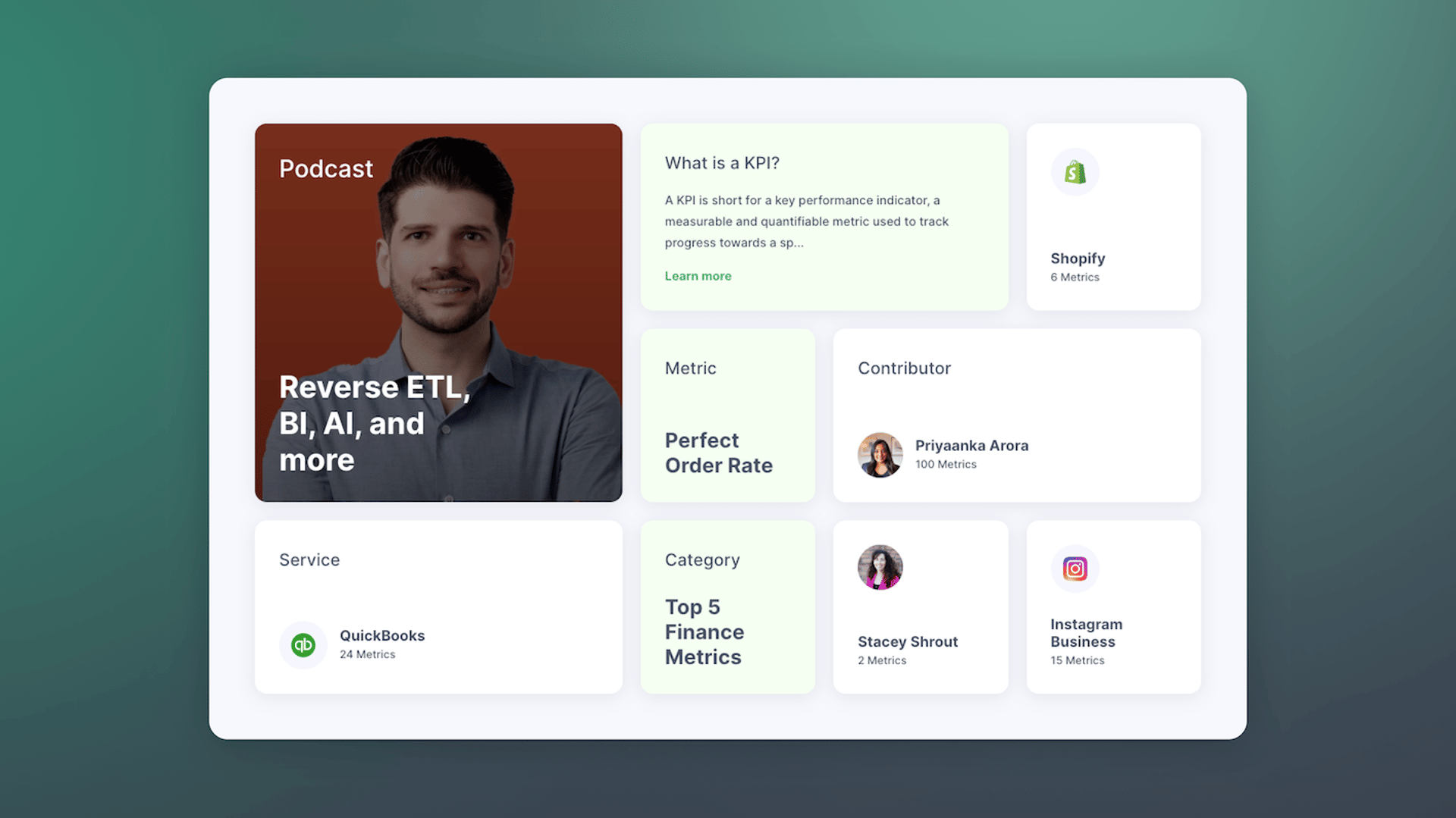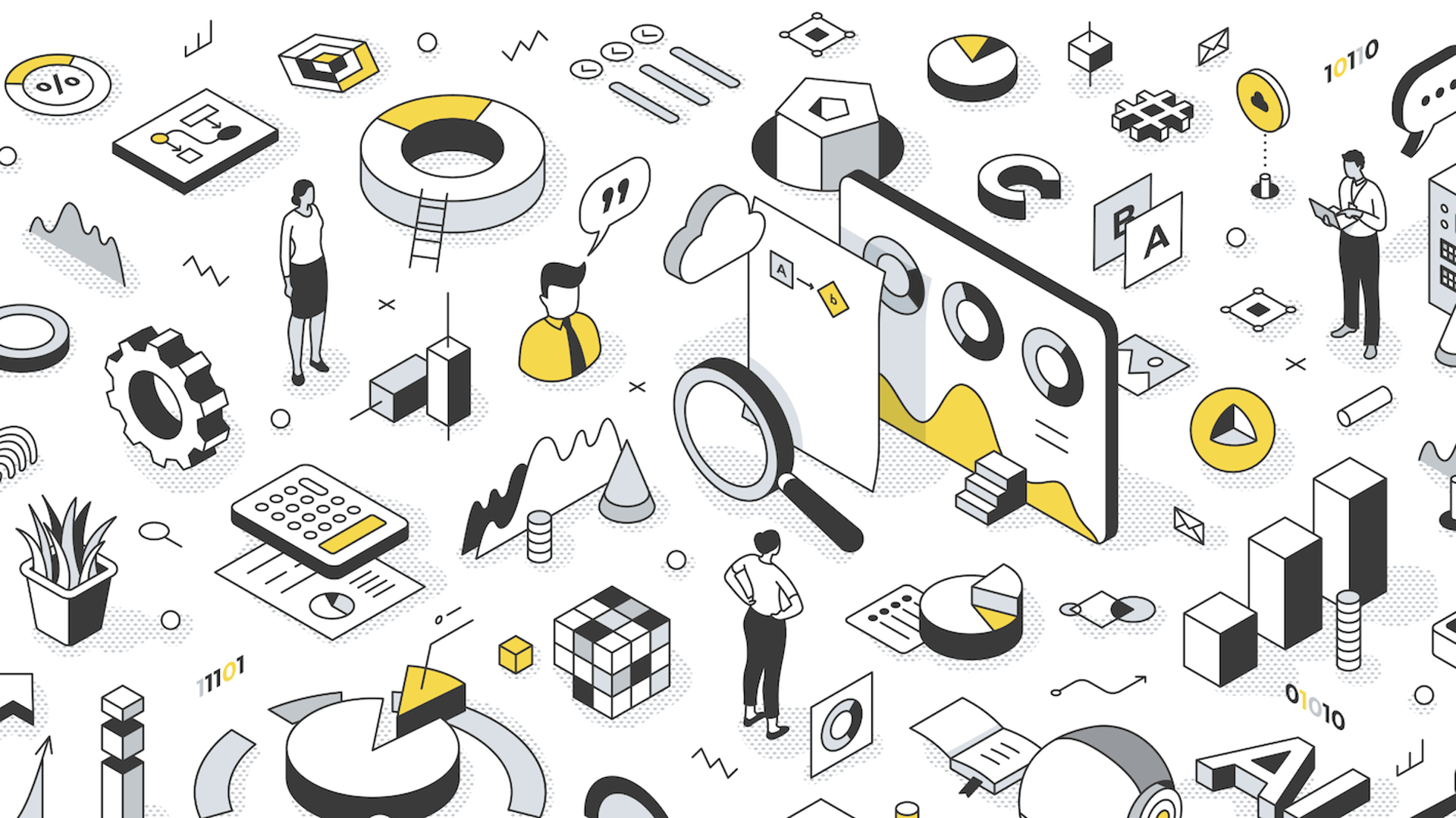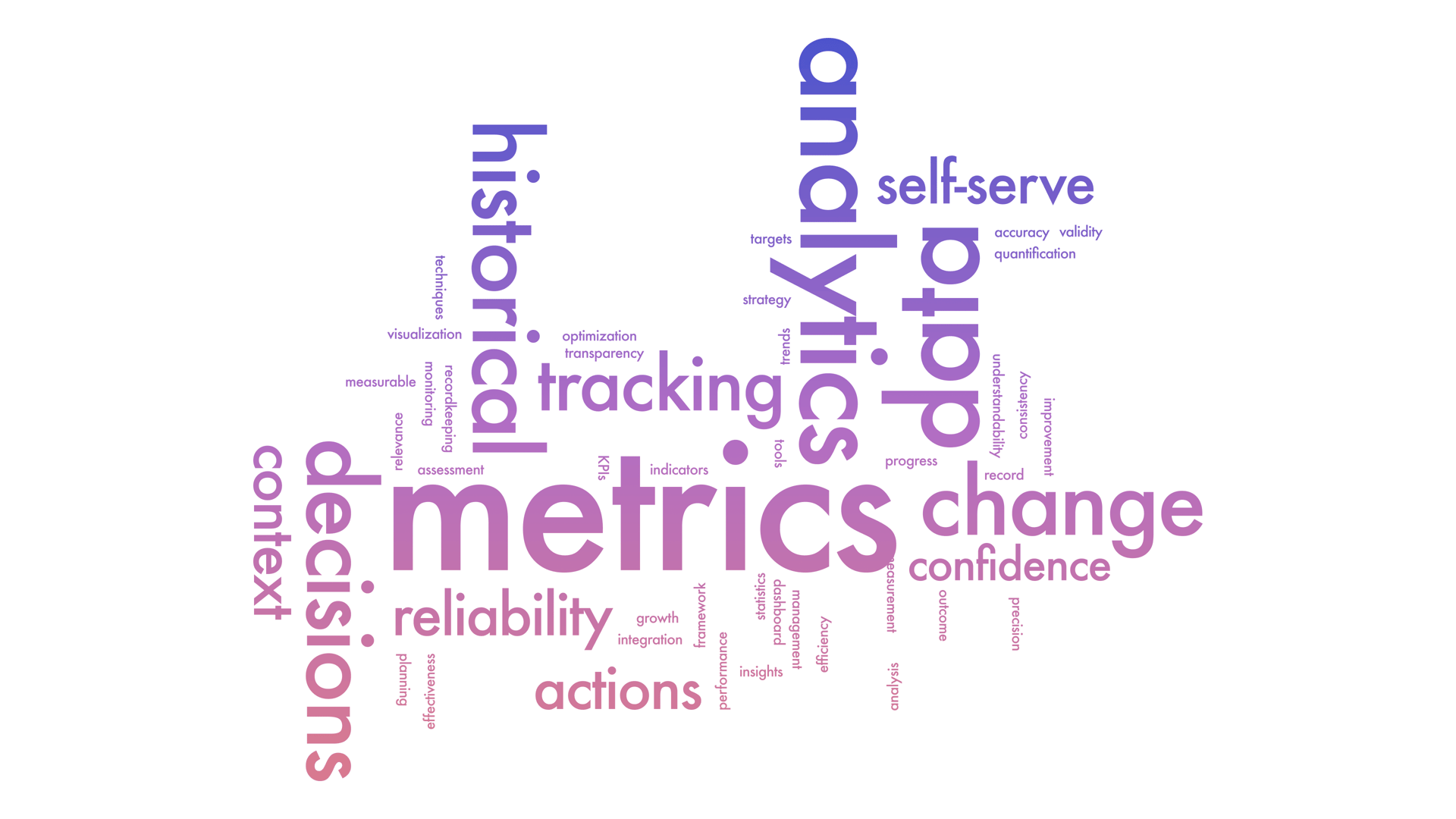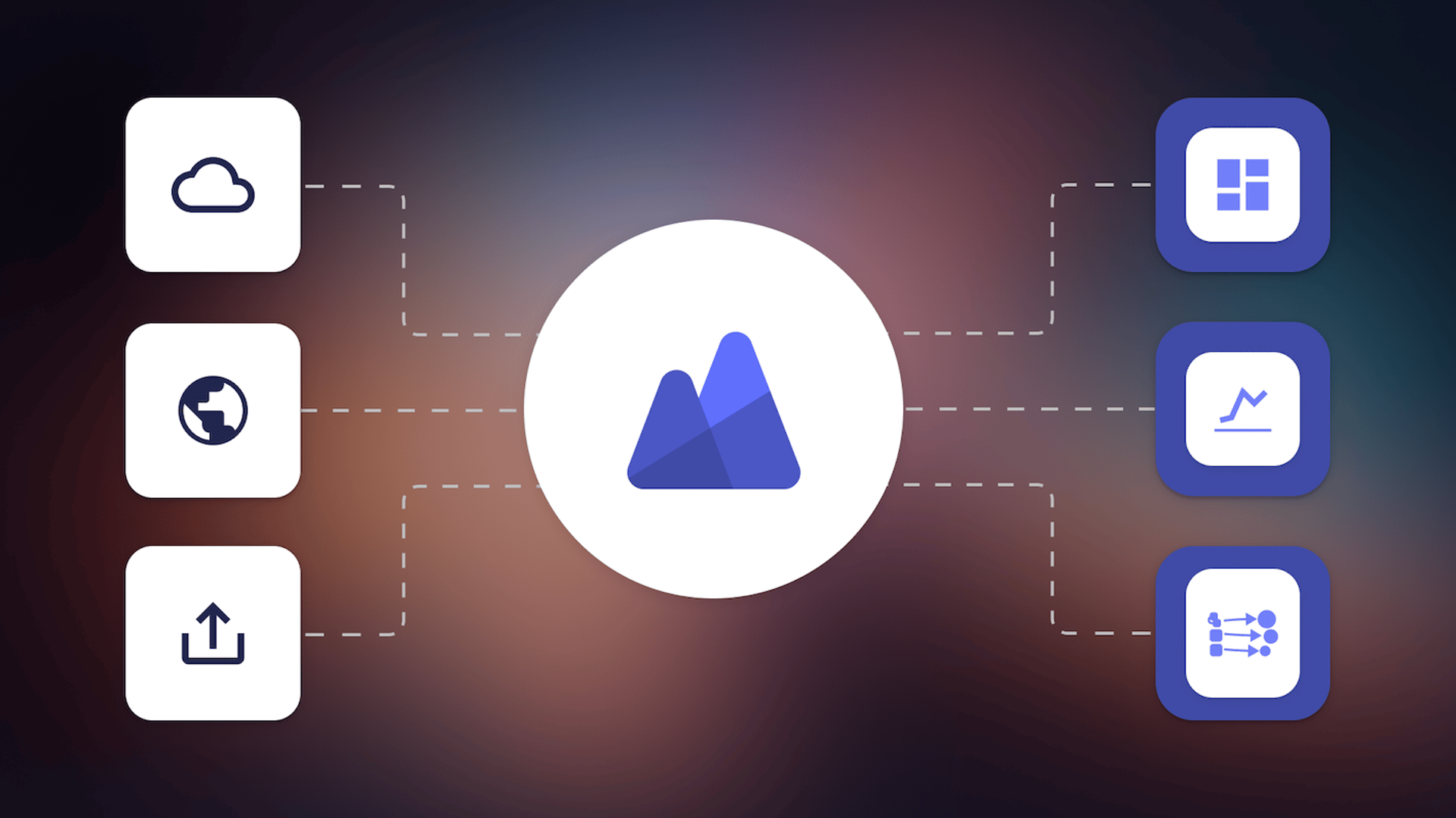What is Product-Led Growth?

Published 2025-04-15
Summary - Product-led growth is quickly rising to the top as the market shifts to adapt to the way people use and buy software. Product-led growth, an end-user focused growth model, relies on the product as the primary driver of acquisition, conversion, and expansion. Your product is positioned as the source for sustainable, scalable growth.
Product-led growth—you may have heard of it. In fact, productled.org states that “sales-led and marketing-led have had their time. The future is product-led growth.” We’re living in a time of change, where the way people use and buy software is shifting from traditional models and methodologies to new and improved experiences that keep users top-of-mind.
Product-led pairs well with a growth-mindset—those who “believe their talents can be developed through hard work, good strategies, and input from others have a growth mindset.”
The market is changing to meet consumer demands and products are pivoting to meet expectations. And that is the catalyst for product-led growth.
What is product-led growth?
Product-led growth (PLG) is “an end-user focused growth model that relies on the product itself as the primary driver of customer acquisition, conversion, and expansion” opposed to a more traditional growth model that would rely primarily on marketing and sales. Product-led growth positions the product as the largest source of sustainable, scalable business growth while also creating alignment across teams. Amplitude says it well, product led is “breaking down the silos between the business and the product” because the business is the product.
It’s important to note that product-led growth ? product-manager led. In fact, product-led growth is a commitment from the entire organization to minimize friction in the product—to make it more ‘sticky’ for users—and to focus on driving customer loyalty and advocacy. After all, one of the most important aspects of product-led growth is virality and word-of-mouth. You want people to talk about your products with friends and colleagues—that’s how you grow your user base. So it’s important that users see immediate value so they stick around!
Product-led growth is typically associated with a freemium business model, where access to the product is at no up-front cost to the end-user (therefore, free) but premium features come at an additional cost and act as a revenue driver for the business.
So how does product-led growth impact marketing and sales? While product-led growth is an organizational commitment, each department has a part to play. Marketing efforts are no longer leading. While it’s still our goal to get users in the product, it’s with a different approach. Marketing efforts push users right into the product instead of qualifying a lead and moving them through the funnel before they are sent to a sales rep to complete a demo. This means that user onboarding has to be spot-on and customer support has to be exceptional as users navigate your product because users experience it the moment they land in it.
A traditional sales-led approach would involve cold outreach that tells the user about the value of the product. Product-led still needs a sales team, but instead you’re qualifying users once they are in the product. According to Chart Mogul, the goal of sales in a product-led growth model is to enable users to discover their “aha!” moment the very first time they try your product.
What’s the difference between account-based marketing, demand-generation and product-led growth?
Regardless of methodology or approach, all of the acquisition tactics revolve around the same core pillar: the customer.
Demand-gen will always be tried and true, but the rise of account-based marketing has taken off in the last few years as product-led marketing quickly rises to the top. But if marketing is about converting leads to customers, what’s the difference—and why does it matter?
Demand Generation
According to HubSpot, “demand generation programs are touch points throughout the conversion optimization and sales cycles.” Demand generation requires you to fill your conversion funnel and nurture prospects and customer relationships through.
Demand generation provides value-based content—like a newsletter, ebook, social media campaign, or email marketing campaign—that moves your leads through your funnel. Top of funnel content versus bottom of funnel content signals different levels of intent. Once a marketing qualified lead hits a certain threshold, they move to a sales qualified lead and are often passed to the sales team to close the loop. While there is a strong relationship between sales and marketing when it comes to demand-gen, cross-functional collaboration typically stops there.
Demand generation is long-term commitment to build your customer relationships over a period of time through strategic marketing and thinking in partnership with your sales organization.
Account-Based Marketing
Account-based marketing is a targeted growth strategy between marketing and sales to create “personalized buying experiences for a mutually-identified set of high-value accounts.” Simply put, account-based marketing focuses on nurturing the relationship with a subset of leads from the company or the “account”.
Think of the account like it’s own market. Account-based marketing allows you to hyper-focus on a cohort of high-value customers. This approach allows you to personalize the experience with content and campaigns that speak directly to that account’s pain points and needs.
Account-based marketing keeps marketing and sales aligned and keeps your interactions with your accounts personalized and consistent.
Product-Led Growth
Product-led growth basically throws everything you learned about demand-gen and account-based marketing out the window. While sales and marketing still have to work cross-collaboratively, the scope of the team expands beyond that to include the entire organization.
The product leads the way. Your content and your conversion funnel still exist, but in a different capacity. The goal of product-led growth is to have your product be the lead-magnet. Users self-serve once in the product and the goal is to have users quickly see the value, and immediately want to invest their time into using the product. Onboarding is a critical component of product-led growth. Once users are in your product, it's important that they quickly understand what it is and how to use it so they see value and so you don't see churn.
Is product-led growth here to stay?
For SaaS companies, the market has changed. The end-user now holds a bulk of the power and it’s up to businesses to meet users where they are. Product-led growth is here to stay.
In today’s market, product-led growth is not only a competitive edge, but a signal of relevance in the market. If you understand your customers needs and pain points, delivering a product that provides immediate value to alleviate their pain points will help you grow.
Is product-led growth the path forward for you?
If we’ve learned anything over the last year, it’s that you can’t predict the future. But we can adapt to the direction that the future is headed. Prioritize the product-led growth metrics that are important to your business so you can track your success. Stay tuned for our next blog post where we share the top 8 metrics to measure product-led growth!
Related Articles

Promoting data literacy with metrichq.org and the power of AI
By Allan Wille, Co-Founder — October 12th, 2023
Let’s fix analytics so we can stop asking you for dashboards
By Cathrin Schneider — September 11th, 2023
Why metrics are the key to confident decision making
By Graham Watts — July 31st, 2023

